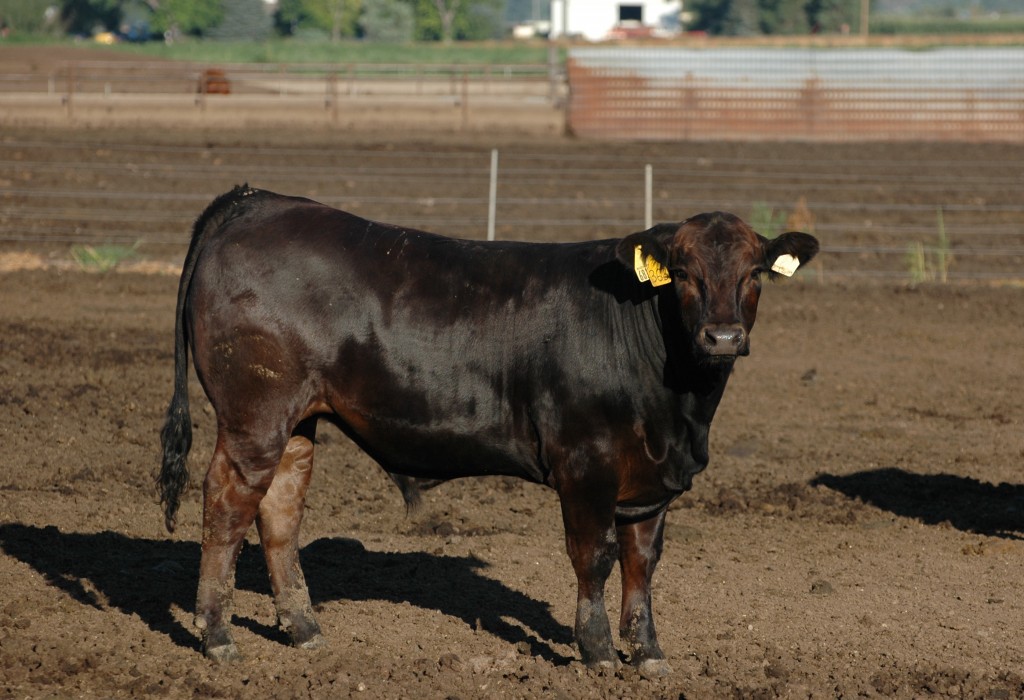
Making the most of it
Yet, in order to turn a profit a packer needs to market the entire animal.

So when a finished steer or heifer meets the CAB specifications, it’s a given: not all of it will be sold with our brand attached. The amount of that qualifying carcass sold as CAB is called our “carcass utilization” and that’s a number we like to keep our eye on.
Just as feeders measure average daily gain and feed-to-gain ratios, we consider that a measure of efficiency or “how much we’re getting done with each animal,” says Clint Walenciak, CAB director of packing.
It’s something we watch closely, but it’s not just important to us. It matters to you.
“Higher carcass utilization means the packer was able to capture a premium on more pounds of meat,” Clint says. “The more premiums they can capture, the more aggressive they can be in procuring these kind of cattle.”
If you hear “more aggressive” and take that to mean “the more they can afford to pay,” you’d be right.
Increasing the carcass utilization helps increase the topline of that equation.
“The more pounds per head the packer can get a premium on, that takes the burden off middle meats to carry the value,” Clint says.
The first half of our fiscal year shows our carcass utilization is at 258 lb., down 5 lb. from last year. And we’re happy about that.
Let me repeat, we’re happy that our carcass utilization is down 5 lb. from last year. Why?
“An increase in supply, in the short-term, hurts that number,” he says, explaining that you can’t just turn on the switch and sell the extra product immediately.
So as our CAB acceptance has climbed, even hitting a record high 29% of all A-stamped carcasses some weeks, that number has only dropped 5 lb. (Woohoo!)
Compare that to some years in our recent history like 2008 or 2009, when we had 10 to 15% jumps in certified numbers, but only single-digit sales increases.
“We were still blowing the doors off on sales, but we couldn’t stay caught up with those cattle,” Clint says. “Those two numbers in these past two years have gotten much more aligned.”
That’s not just good news in the near term, but it also supports our “build it and they will come” mantra: Produce it and our licensees will get it sold.
And at a premium, I might add.
May your bottom line be filled with black ink,
Miranda
PS–To read more about how we encourage higher carcass utilization, check out “Down 5 million cows, now what?” in the Angus Beef Bulletin.
You may also like
$100,000 Up for Grabs with 2024 Colvin Scholarships
Certified Angus Beef is offering $100,000 in scholarships for agricultural college students through the 2024 Colvin Scholarship Fund. Aspiring students passionate about agriculture and innovation, who live in the U.S. or Canada, are encouraged to apply before the April 30 deadline. With the Colvin Scholarship Fund honoring Louis M. “Mick” Colvin’s legacy, Certified Angus Beef continues its commitment to cultivating future leaders in the beef industry.
Raised with Respect™ Cattle Care Campaign Launched This Fall
Raised with Respect™ was developed as part of a strategic cattle care partnership between Sysco and CAB. The collaboration focuses on supporting farmers and ranchers, equipping them with continuing education to stay current on best management practices and helping to increase consumer confidence in beef production.
Quality Wins, Again
Sara Scott, Vice President of Foodservice for Certified Angus Beef, emphasizes the importance of taste over price in the beef market during the Feeding Quality Forum. As consumer demand for high-quality beef grows, Scott highlights the need for increased supply and encourages communication with packer partners to meet the demand for Prime beef.



